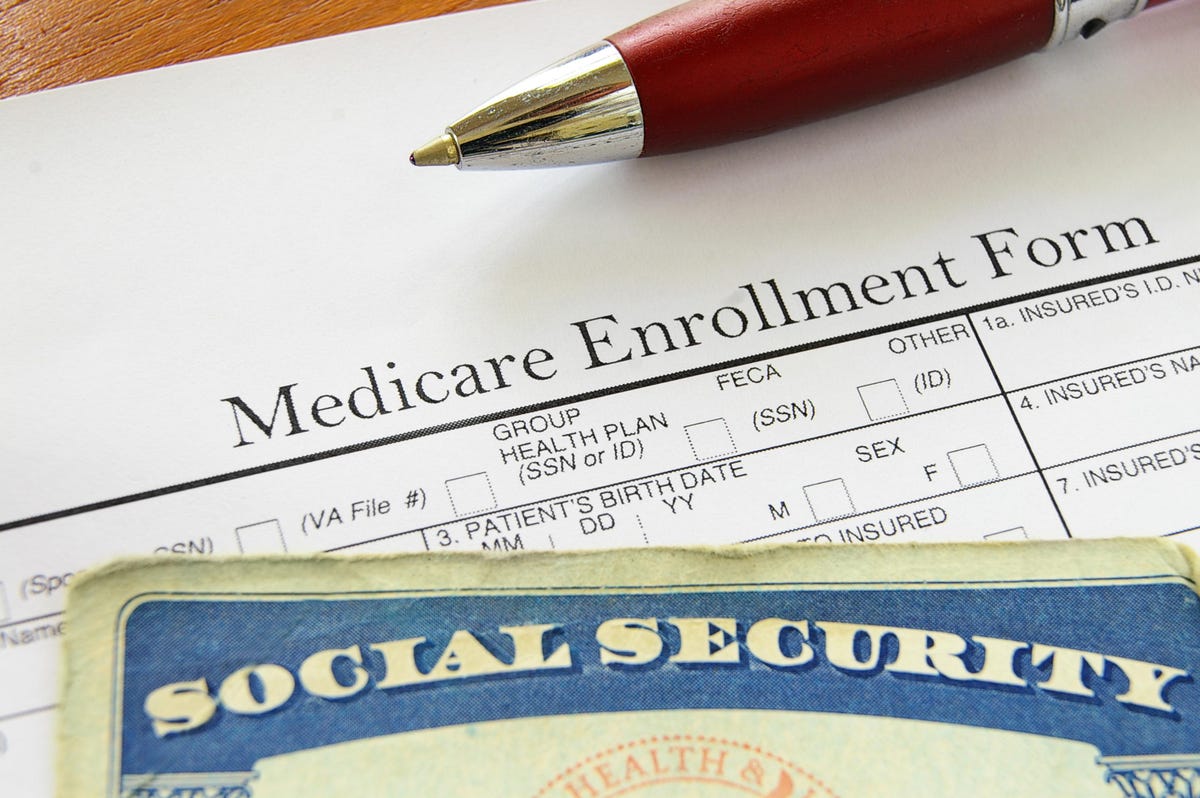Breast enhancement surgery, also known as breast augmentation or breast implants, is a cosmetic surgical procedure that is designed to enhance the size, shape, and appearance of a woman’s breasts. While breast augmentation surgery is considered safe, there are risks and complications associated with this procedure that patients should be aware of before deciding to undergo this surgery.
In this blog post, we will discuss the risks and complications associated with breast enhancement surgery, as well as ways to minimize these risks and complications.
What is Breast Enhancement Surgery?
Breast enhancement surgery is a cosmetic surgical procedure that involves the insertion of implants into a woman’s breasts to increase their size, shape, and firmness. This procedure can be performed for a number of reasons, including to enhance the appearance of the breasts, to correct asymmetry or other aesthetic issues, or to reconstruct the breasts after mastectomy or other medical conditions.
There are two main types of breast implants that are commonly used in breast enhancement surgery: saline implants and silicone implants. Saline implants are filled with sterile saltwater, while silicone implants are filled with a silicone gel. Both types of implants have their own advantages and disadvantages, and the choice of implant will depend on the patient’s individual needs and preferences.
Risks and Complications Associated with Breast Enhancement Surgery
While breast enhancement surgery is generally considered safe, there are risks and complications associated with this procedure. Some of the most common risks and complications associated with breast enhancement surgery include:
- Infection: Infection is one of the most common risks associated with breast enhancement surgery. This can occur at any time during the recovery process and can be caused by bacteria that enter the body through the incision site.
- Capsular contracture: Capsular contracture is a condition that occurs when scar tissue forms around the breast implant, causing it to become hard and misshapen. This can occur in up to 10% of breast augmentation patients and may require additional surgery to correct.
- Implant rupture or leakage: Breast implants can rupture or leak, which can cause pain, discomfort, and changes in breast shape. This can occur as a result of trauma to the breast, wear and tear over time, or other factors.
- Changes in nipple or breast sensation: Breast enhancement surgery can cause changes in nipple or breast sensation, including numbness, tingling, or loss of sensation. While these changes are usually temporary, they can sometimes be permanent.
- Hematoma or seroma: A hematoma or seroma is a collection of blood or fluid that can accumulate around the implant, causing swelling, pain, and discomfort. This can occur immediately after surgery or several weeks after the procedure.
- Anesthesia risks: As with any surgical procedure, there are risks associated with the use of anesthesia. These risks include allergic reactions, breathing difficulties, and other complications.
- Scarring: Breast enhancement surgery can result in scarring around the incision site. While this scarring is usually minimal and can be hidden by clothing or a bra, it can sometimes be more noticeable.
- Other risks: Other risks associated with breast enhancement surgery include dissatisfaction with the results, complications with breastfeeding, and the need for additional surgeries in the future.
Ways to Minimize Risks and Complications
While breast enhancement surgery does carry risks and complications, there are steps that can be taken to minimize these risks and complications. Some of the most effective ways to minimize the risks and complications associated with breast enhancement surgery include:
- Choosing a qualified and experienced surgeon: It is important to choose a surgeon who is qualified and experienced in breast enhancement surgery. Patients should research potential surgeons, read reviews, and ask for referrals from friends or family members who have undergone the procedure.
- Following pre- and post-operative instructions: Patients should follow all pre- and post-operative instructions provided by their surgeon. This may include refraining from smoking, avoiding certain medications or supplements, and following a healthy diet and exercise regimen to promote healing.
- Choosing the right type of implant: Patients should work with their surgeon to choose the type of implant that is best suited for their individual needs and preferences. This may include considering the size, shape, and texture of the implant, as well as the type of filling material.
- Discussing risks and complications with their surgeon: Patients should discuss the risks and complications associated with breast enhancement surgery with their surgeon before the procedure. This can help patients to make an informed decision about whether or not to undergo the surgery.
- Attending follow-up appointments: Patients should attend all follow-up appointments with their surgeon to monitor their recovery and address any concerns or complications that may arise.
- Maintaining a healthy lifestyle: Patients should maintain a healthy lifestyle after surgery, including eating a balanced diet, exercising regularly, and refraining from smoking or using tobacco products.
- Being aware of warning signs: Patients should be aware of warning signs that may indicate complications, such as fever, swelling, pain, or changes in breast shape or sensation. If any of these warning signs occur, patients should contact their surgeon immediately.
Conclusion
Breast enhancement surgery is a popular cosmetic procedure that can help women to feel more confident and comfortable in their bodies. While this surgery is generally considered safe, there are risks and complications associated with this procedure that patients should be aware of before deciding to undergo this surgery.
By working with a qualified and experienced surgeon, following pre- and post-operative instructions, choosing the right type of implant, discussing risks and complications, attending follow-up appointments, maintaining a healthy lifestyle, and being aware of warning signs, patients can minimize the risks and complications associated with breast enhancement surgery and achieve the best possible outcomes.




